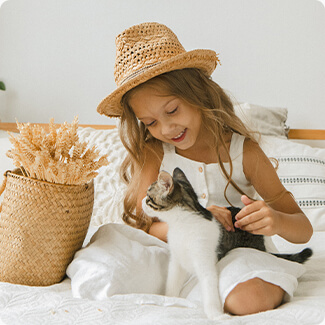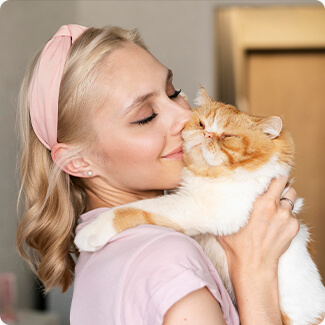quote
star star star star star
I have found this brand fits my dog well and it true to it's measurements. Has been weraing since he was a puppy. I do wish the rings were 1) strong metal - so they would be strong enough to use in the car and I would no have to put his harness underneath and unzip it part way to clip him in.
MARGARET JOHN Office Staff











